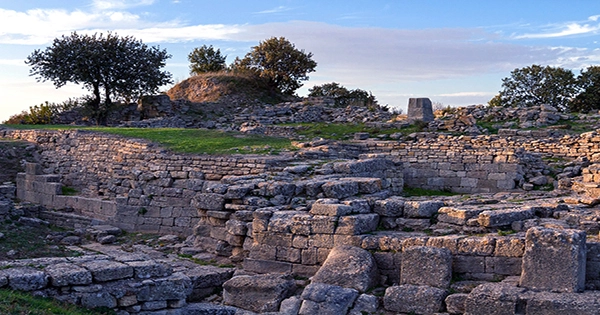Lasers that penetrate the Amazonian rainforest have revealed the ruins of 11 previously undiscovered villages ornamented with enormous pyramids and canals. Scientists used helicopter-mounted lidar imaging equipment to analyze six sites within a 4,500 square kilometer (1,737 square mile) region of the Llanos de Mojos in the Bolivian Amazon, as published in the journal Nature today. They found two additional big settlement sites, Cotoca and Landvar, as well as 24 minor settlement sites, of which only 15 were previously known to exist.
The towns weren’t just a smattering of a few rudimentary huts; it appears that several of them were once thriving villages with their own ceremonial architecture and intricate water-management infrastructure comprised of canals and reservoirs. The researchers uncovered massive platform mounds and cone-shaped pyramids up to 22 meters (72 feet) tall among the bigger sites of Cotoca and Landvar. According to their research, the towns date from 500 CE to 1400 CE, when the Casarabe civilization ruled this part of the Bolivian Amazon.
The Amazon rainforest was originally thought to be too wild and thick to host large-scale human settlements in pre-Columbian times. However, huge findings in recent years have cast doubt on this theory, indicating that the rainforest was previously bustling with intricate settlement networks. “Our findings refute claims that western Amazonia was sparsely inhabited prior to the arrival of the Spanish,” the study’s authors wrote.
Many of these breakthroughs were made feasible by lidar. This laser-based imaging technique, which was first created for space exploration in the early 1970s, has subsequently proven to be a useful tool for archeologists combing landscapes for long-lost towns. It can not only scan large regions in real time, but it can also “see-through” dense foliage and detect traces of human-made buildings that have since vanished.
In an accompanying article, Chris Fisher, an archaeologist and professor of anthropology at Colorado State University, who wasn’t directly involved with the study, wrote, “The application of archaeological Lidar to the Amazon has launched a transformative process of discovery, documentation, and reworking of assumptions held for decades regarding the nature of ancient societies.” “[This] work is the first volley of an Amazonian new orthodoxy that significantly advances our knowledge of tropical civilizations while challenging existing understanding of Amazonian prehistory.”
There is no doubt much more to uncover in the Amazon, but time is running out. The Amazon rainforest, which is threatened by climate change and widespread deforestation, may not be so willing to share its secrets in the future. “Unfortunately, we are running out of time,” Fisher said, citing the high rate of ecological change, which affects not only ecosystems but also cultural treasures. “Many more large-scale lidar scans and investigations like the one presented by Prümers and colleagues are required if the Amazonian new orthodoxy is to be adequately recorded before the archaeology fades forever.”















